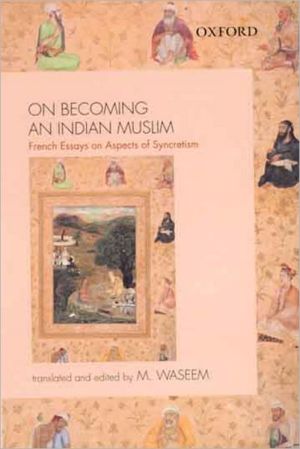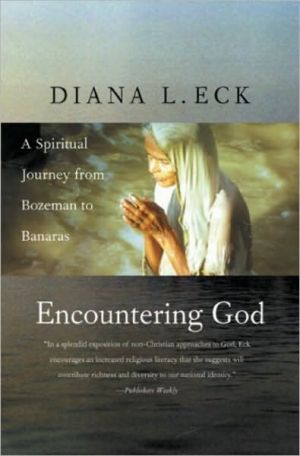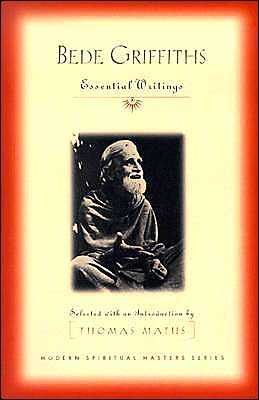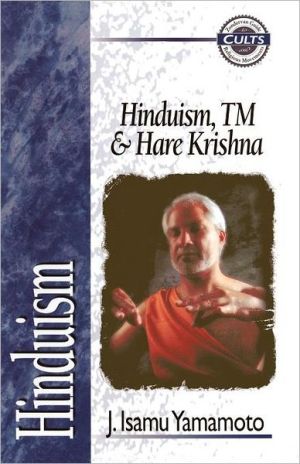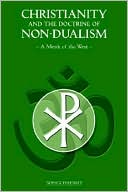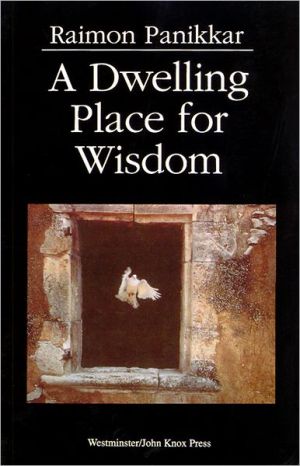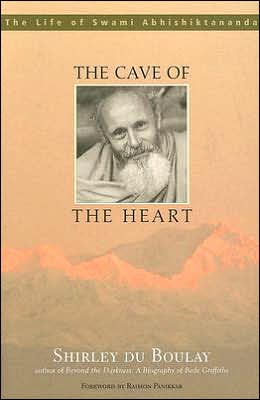On Becoming an Indian Muslim
This selection of fifteen essays by modern French intellectuals in translation is a sequel to Garcin de Tassy's Muslim Festivals in India (first published in the 1830s) and translated by M. Waseem (OUP, 1995). The focus of this collection is religious syncretism: how at the popular level, when Islam first came to India, may un-Islamic elements derived from Hinduism (some even at variance with Islam's normative and canonical aspects) came to be accepted as part of the practice of Islam on the...
Search in google:
This selection of fifteen essays by modern French intellectuals in translation is a sequel to Garcin de Tassy's Muslim Festivals in India (first published in the 1830s) and translated by M. Waseem (OUP, 1995). The focus of this collection is religious syncretism: how at the popular level, when Islam first came to India, may un-Islamic elements derived from Hinduism (some even at variance with Islam's normative and canonical aspects) came to be accepted as part of the practice of Islam on the subcontinent. Relying on literary and other texts as well as field studies, well-known French scholars-such as Louis Massignon, Jules Bloch, Jean Filliozat, Charlotte Vaudeville, Francoise Mallison, Denis Matringe, Marc Gaborieau, and Dominique-Sila Khan among others - trace the various ways in which Islam found popular support at the grass-roots level in India. The essays focus on the significant contributions of the Indian mystic Kabir, Sufism, Dara Shikoh, Jayasi, Pir Shams, Waris Shah, Ghazi Miyan, 'Ramdeo'Pir, the Bhartrhari Jogis of Gorakhpur and Mahatama Gandhi. The concluding essay is by the translator himself and focuses on the followers of the Agha Khan, otherwise known as the Ismaili Khojas. M. Waseem's translations of all the essays is clear and precise, and his substantive Introduction outlines the gradual amalgamation of different religious elements during the spread of Islam as described by these French intellectuals.
Introduction11Hinduism and Islamic Mysticism (1922)492Haud al-Hayat: The Arabic Version of Amratkund (1928)633Medieval Indian Mystics: Kabir (1931)754An Experiment in Hindu-Muslim Unity: Dara Shikoh (1926)955Dara Shikoh's Interview with Baba La'l Das at Lahore (1926)1066Dara Shikoh's Samudrasangama (1980)1317The Spiritual Significance of Gandhi's Last Pilgrimage (1956)1458The Concept of Divine Love in Jayasi's Padmavat: Virah and Ishq (1926)1629Pir Shams and His Garabi Songs (1991)18010Hir Waris Shah (1988)20811The Ghazi Miyan Cult in Western Nepal and Northern India (1975)23812The Isma'ili Origin of the Hindu Cult of Ramdeo Pir (1993)26413Between Caste and Sect: The Muslim Bhartrhari Jogis of Gorakhpur (Uttar Pradesh) (1995)27914Towards a Sociology of Indian Muslims (1993)294Conclusion: a Note on the Isma'ili Khojas316AppNotice on the Popular Fetes of Hindus, According to Hindustani Works (1834)331
